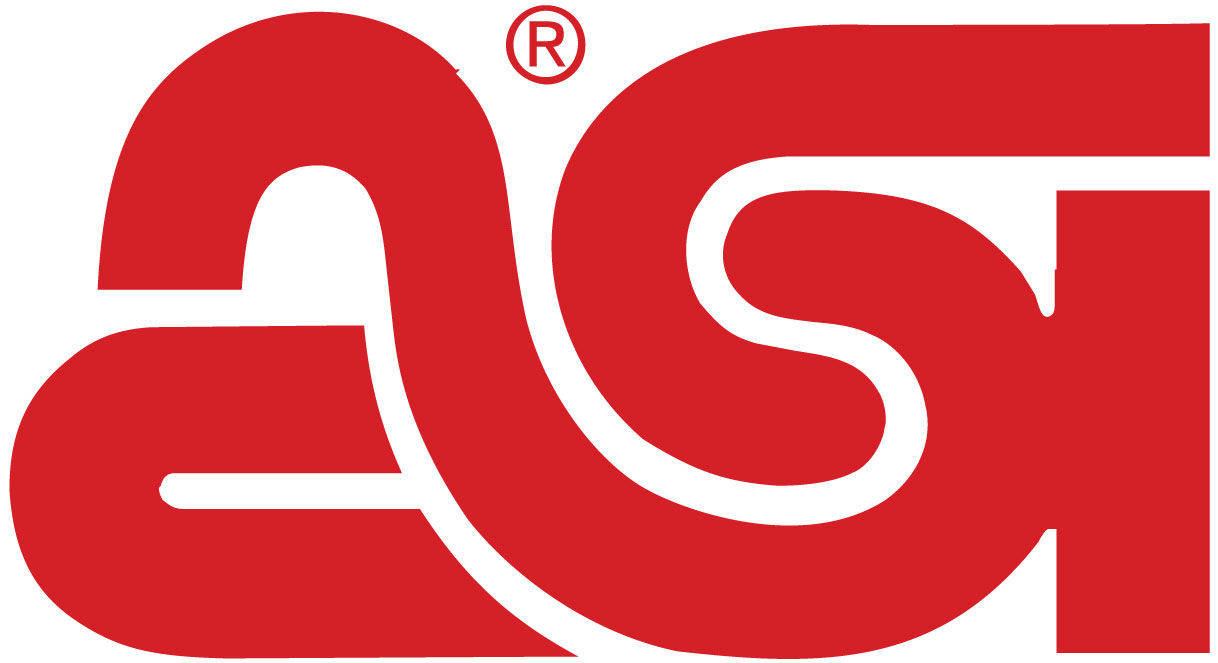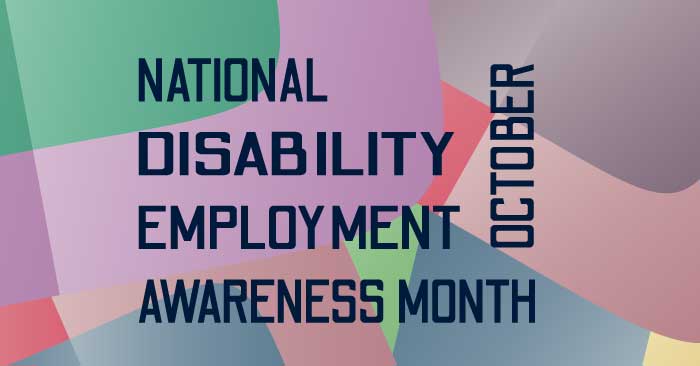
At the height of COVID-19 societal shutdowns, grocery workers were among the nation’s heroes, staying on the job so stores could remain open and others could buy food.
Nikolas was one of those heroes.
Adapting to the pandemic’s challenges, Nikolas learned and adhered to new safety protocols so he could keep himself and others safe, while still serving customers as a personal shopper at a Whole Foods in Rhode Island.

Nikolas, who lives with intellectual/developmental disabilities, made the decision to keep working after close consultation with family members, residential providers and his job coach. The healthy 22-year-old wanted, he said, to “help others who are more at risk, so they can stay safe.”
“Nikolas…is so proud of himself for helping out and doing his part to help others,” his job coach shared.
This story, related by the Institute For Community Inclusion, UMass Boston, is one of the countless examples of people with disabilities contributing in powerful, positive ways to the workforce in the United States.
Each October, society is called on to formally recognize such meaningful contributions during National Disability Employment Awareness Month (NDEAM).
“It’s a time to celebrate and educate about the contributions of America’s workers with disabilities, both past and present,” says Dr. Susanne M. Bruyère, co-director of Employer Assistance and Resource Network On Disability Inclusion (EARN), which supports employers in recruiting, hiring, retaining and advancing employees with disabilities.
In celebration of #NDEAM, join EARN and @USDOL’s ODEP for the webinar, “Disability-Inclusive Workplace Culture: Building it to Last,” on October 20 at 11 a.m. ET. Guest speakers from @jpmorgan and @Accenture will discuss creating #inclusive workplaces. https://t.co/1VkohSwF5Z pic.twitter.com/lnASvXJV83
— AskEARN.org (@AskEARN) September 28, 2021
ASI’s Diversity and Inclusion Council is highlighting NDEAM to raise awareness about its mission of promoting greater inclusion for people with disabilities – and the importance and benefits of doing so. For help with that, we turned to Bruyère.
In addition to her role at EARN and being a professor of disability studies at Cornell University, Bruyère is director of the K. Lisa Yang and Hock E. Tan Institute on Employment and Disability, where she is responsible for the strategic and financial direction of a multi-million-dollar research, training, technical assistance and information dissemination organization that’s devoted to improving employment outcomes and inclusive communities for people with disabilities. In short, she knows her stuff.
Susanne Bruyère: NDEAM traces its history back to 1945, when Congress declared the first week in October “National Employ the Physically Handicapped Week.” In 1962, the word “physically” was dropped to acknowledge individuals with all types of disabilities. In 1988, Congress expanded the week to a month and changed the name to National Disability Employment Awareness Month. We feel this history is important, because it reflects advancements in how we talk about and acknowledge the contributions of Americans with disabilities to our workforce and economy.

Susanne M. Bruyère, EARN.
SB: Studies have shown inclusivity has a real positive impact on a company’s bottom line. In fact, a 2018 report published by Accenture revealed that companies that embrace disability inclusion in their workforce significantly outperform their peers. The report, “Getting to Equal: The Disability Inclusion Advantage,” is the result of a study of 45 companies. The study found that companies that implemented and supported disability inclusion policies and practices experienced, on average: 28 percent higher revenue, twice the net income, and 30 percent better performance on economic profit margins. These companies were also twice as likely to have total shareholder returns that outperformed their peers.
Happy #NDEAM! https://t.co/x9gcSpxWwb
— AskEARN.org (@AskEARN) October 1, 2021
SB: The employment rate of people with disabilities is significantly lower than that of people without disabilities. The reasons for this are complex and multi-faceted, and rooted in issues both tangible and intangible. Before the Americans with Disabilities Act (ADA) was signed into law more than 30 years ago, there were the more obvious physical impediments, such as access to transportation and issues related to workplaces not being accessible. Fortunately, today, physical access is much better. Features like Braille signage, ramps, automatic doors and accessible bathrooms are more commonplace—and, in many cases, required. Although of course physical barriers do still exist.
Still, accessibility also extends to the digital world. We must ensure that people with disabilities can use and equally benefit from the technology tools that increasingly power our lives, both at work and home. This summer, EARN held a webinar about digital accessibility, and the archive and accompanying learning guide are available on our website.
Aside from physical and digital barriers, there are also attitudinal barriers, meaning a lack of understanding, and this remains an issue that we need to address in order to improve employment opportunities for people with disabilities. There are still a lot of misconceptions about people with disabilities and some employers may focus on what they can’t do, rather than on what they can do. This is a missed opportunity on the part of employers, because people with disabilities bring many skills and talents to the workplace and are an untapped talent pool that can be a real asset to employers.
Happy National Disability Employment Awareness Month (#NDEAM)! Find ideas for celebrating NDEAM and other resources on the @USDOL Office of Disability Employment Policy’s (ODEP) website. https://t.co/ghJa7bKTAp pic.twitter.com/UWR7JjSmMC
— AskEARN.org (@AskEARN) October 1, 2021
SB: The key is to create and support disability-inclusive workplaces, ones where all people are valued for the skills and expertise they have to offer. And, of course, employers can take steps to recruit and hire people with disabilities, and also retain employees who have acquired disabilities through injury or illness, including those dealing with the long-term effects of COVID-19. Employers can find more information on recruiting, hiring, retaining and advancing people with disabilities on EARN’s website, AskEARN.org. In the end, the most effective strategy for improving understanding is simply having people with disabilities as part of the team.
SB: We outline many in a resource we call the Inclusion@Work framework. Created with input from employers with exemplary track records in disability employment, this framework outlines seven core components small businesses can implement to create a disability-inclusive workplace.
While all components in this framework are important, we’d like to draw attention to one in particular— reasonable accommodations, which for most companies are a requirement under the ADA.
Check out this @Marketplace Morning Report article! As employers begin #ReturnToWorkplace efforts, it’s important that accessibility of both in-person and virtual workspaces is taken into consideration. https://t.co/GqQzV67guQ pic.twitter.com/6kOnoTWGtS
— AskEARN.org (@AskEARN) October 1, 2021
A reasonable accommodation is any modification to the work environment, or the way a job is done, that enables someone with a disability to apply for or perform a job. It might be anything from lowering a filing cabinet to enable access for a person who uses a wheelchair, to offering a certain keyboard for someone with limited dexterity, to allowing an employee with a chronic illness a flexible schedule to attend doctor’s appointments. When requested, employers covered by the ADA are required to provide such reasonable accommodations unless doing so would cause an undue hardship. Employers can find more information about workplace accommodations by visiting the Job Accommodation Network’s (JAN) website at AskJAN.org.
SB: While attitudinal barriers are still a concern, we’ve seen significant progress in recent years. Today, more and more businesses recognize the value of a workforce inclusive of people with disabilities and are taking steps to bring them on board. They understand that diversity adds value, and that disability is a key part of the mix. Indeed, workers with disabilities can offer employers a competitive edge through varied perspectives on how to confront challenges and get the job done. By virtue of their lived experience, people with disabilities often bring creativity, innovative thinking and problem-solving skills to the workplace.
Recently, what we’ve also noticed is an increased desire among employers to support employees who may be experiencing mental health conditions. This is due to the unprecedented challenges of the past year and a half, coupled with generally increased understanding about the prevalence of mental health conditions. Keep in mind that the ADA’s definition of a person with a disability is one who “has a physical or mental impairment that substantially limits one or more major life activities.” We view this increased interest in worker wellbeing as a positive change—and hope it remains well after the pandemic is behind us.